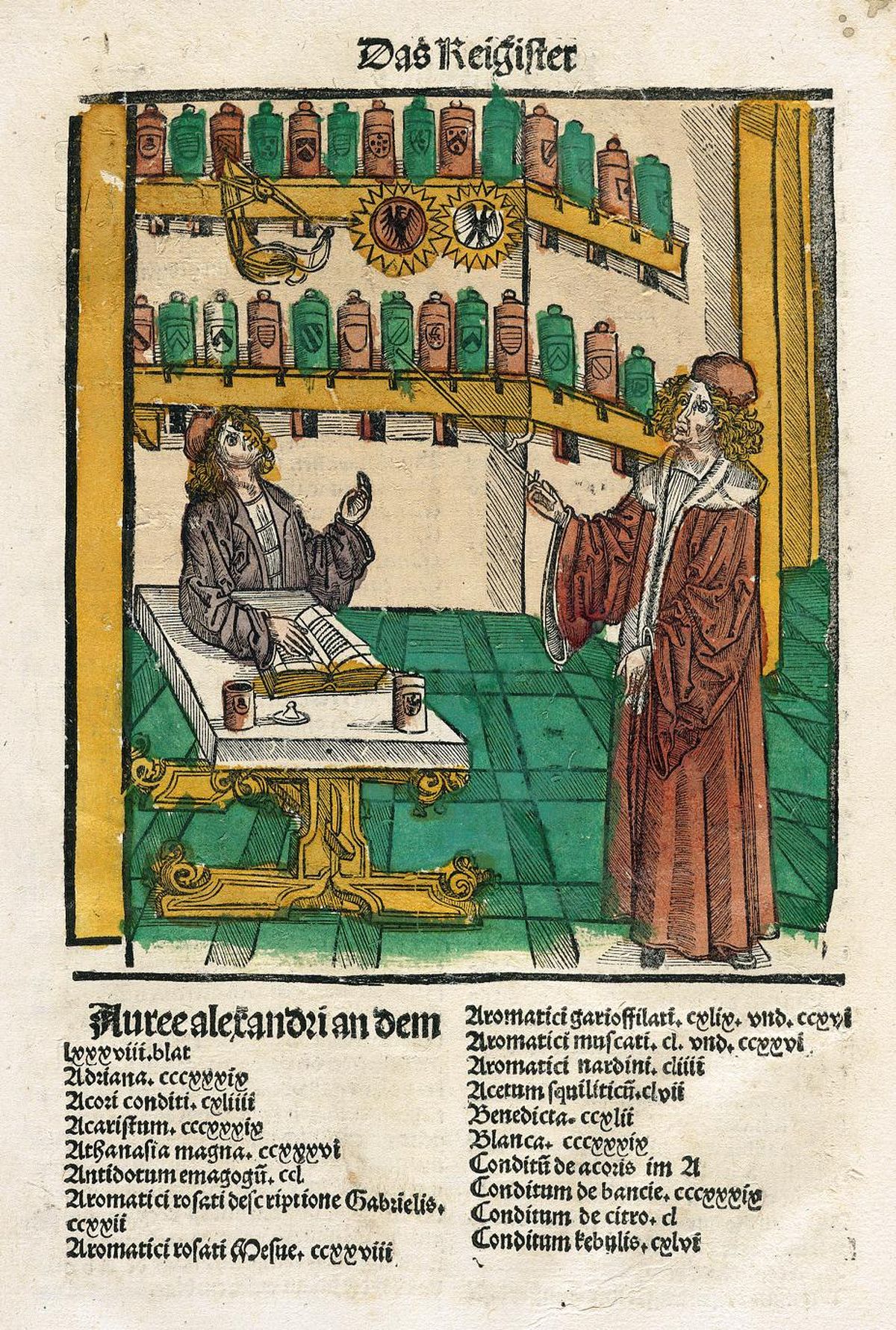Exhibits examine 15th- and 16th-century ideas in “Harry Potter,” Shakespeare

In “Harry Potter and the Chamber of Secrets,” author J.K. Rowling describes a mandrake, a plant with roots that resemble the human figure, as having “pale green, mottled skin.”
In “Historiae Animalium,” Swiss naturalist and physician Konrad Gesner described a basilisk, which is mentioned throughout the “Harry Potter” series, as “the King of Serpents… It strikes with swell and sight all types of beasts, you must believe, and bears nothing good.”
In “Harry Potter and the Order of the Phoenix,” Albus Dumbledore, speaking to Potter, said “We wizards have mistreated and abused our fellows for too long, and we are now reaping our reward.”
In “De Religione Perpetua,” physician and alchemist Paracelsus wrote “All things that we use on earth let us use them for good and not for evil.”
In “Harry Potter’s World: Renaissance Science, Magic and Medicine,” the National Library of Medicine and National Institutes of Health are examining the similarities between the world of “Harry Potter” and the work of 15th and 16th century thinkers.
The exhibit runs from Monday-Aug. 12 at Spokane Valley Library.
“It’s the 20th anniversary of ‘Harry Potter and the Sorcerer’s Stone’ so it seemed quite appropriate to have an exhibit that included Harry Potter’s world in it at the Spokane Valley Library,” Jane Baker, communication officer for the library district, said.
In this self-guided exhibit, library patrons can learn about the real-life French alchemist Nicolas Flamel, who many believed created the Philosopher’s stone, which turns metals into gold and grants its owner immortality.
Flamel is credited in “Harry Potter and the Philosopher’s Stone” (called “Harry Potter and the Sorcerer’s Stone” in the U.S.) as the creator of the stone.
On another panel, patrons can read about herbology, a subject Potter studies while at Hogwarts and German publisher Jakob Meydenbach wrote about in “Hortus Sanitatis (Garden of Health),” an encyclopedia of plants.
“More of us have read ‘Harry Potter’ than a lot of other things and we understand the ‘Harry Potter’ world,” Baker said. “When you look at these potions and thoughts and things that these older 15th and 16th century medical and philosophers believed, then you can see where some of the correlation is between ‘Harry Potter’ and what they believed back then.”
To celebrate the “Harry Potter” exhibit, the Spokane Valley Library is holding Magical Trivia Night for fans 18 and older (Aug. 11).
“It is an adults only trivia night mostly because ‘Harry Potter’ is 20 years old now and so many people have grown up with the Harry Potter stories that we have adults who understand it as much as kids do,” Baker said.
For the kids, there will be Happy Birthday, Harry birthday parties at the Spokane Valley (Aug. 1) and North Spokane (July 31) libraries, complete with costume contests, games and crafts.
At the same time this exhibit is running at the Spokane Valley Library, the Cheney Library is hosting an event called “And There’s the Humor of It: Shakespeare and the Four Humors,” developed and produced by the National Library of Medicine, National Institutes of Health and the Folger Shakespeare Library.
This exhibit examines the four bodily humors – blood, bile, melancholy and phlegm - as they appear in Shakespeare’s work and in contemporary medicine.
There will be an art project through which library patrons can find out which humor applies most to them, and the library is sponsoring a hot pepper Shakespeare recitation, which involves eating a hot pepper and then reciting a passage from Shakespeare, at the Mason Jar in Cheney.
“We’re having a lot of fun with it, bringing medical information in in an easy and fun way to understand,” Baker said. “They’re both great opportunities to see some really cool things that you wouldn’t normally see unless you traveled some place like Washington, D.C. or the Smithsonian. We bring these wonderful exhibits to our local libraries.”